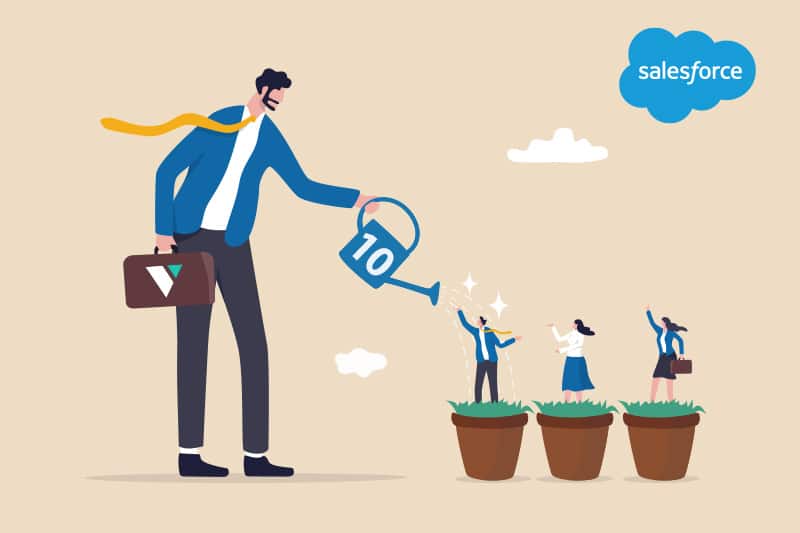
Explore Our 16 Strategies for Improving Salesforce Adoption
Did you know that around 77% of sellers cannot efficiently complete their tasks? Lack of productivity can result in lost sales, poor customer relations, and inability to complete everyday tasks. Many organizations devote a large portion of their budget to tools and programs designed to streamline their operations. However, one of the main hurdles facing CEOs and sales executives is failing to onboard

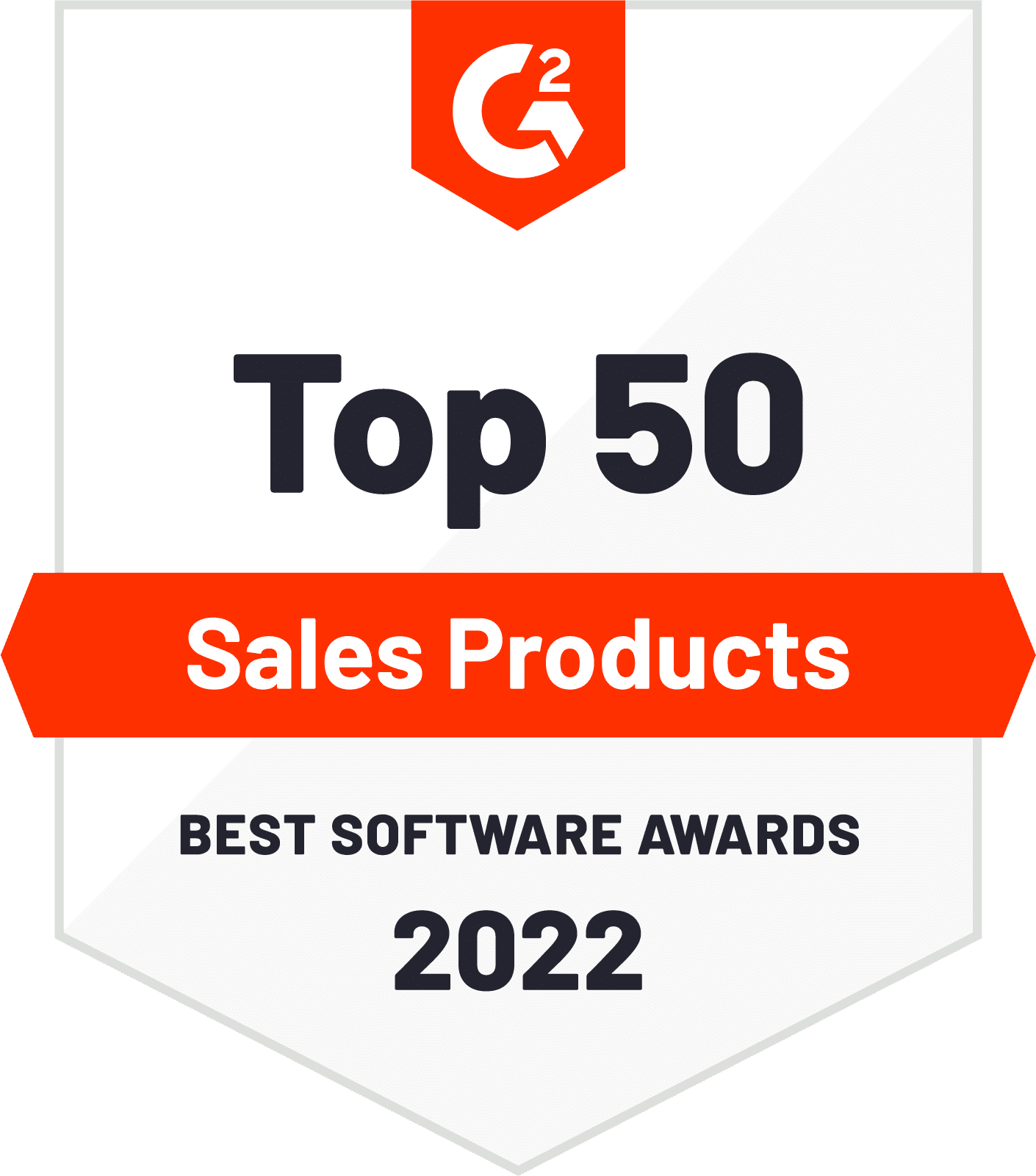
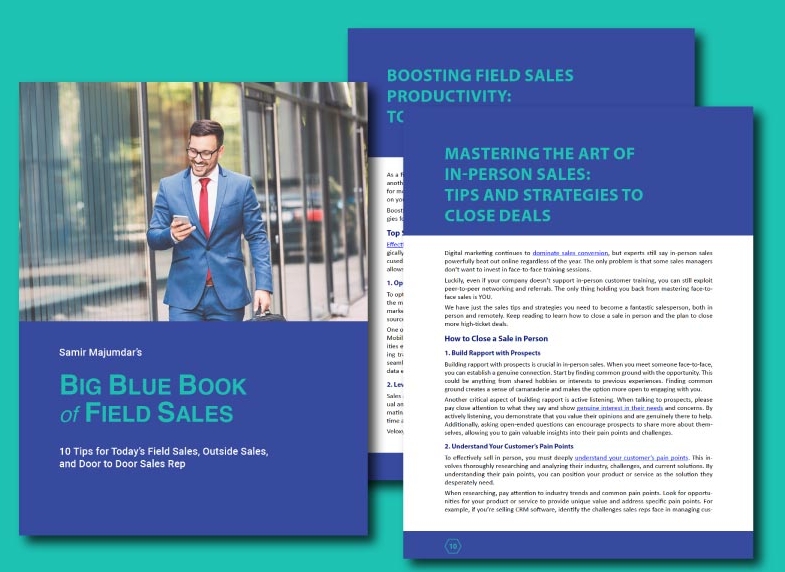
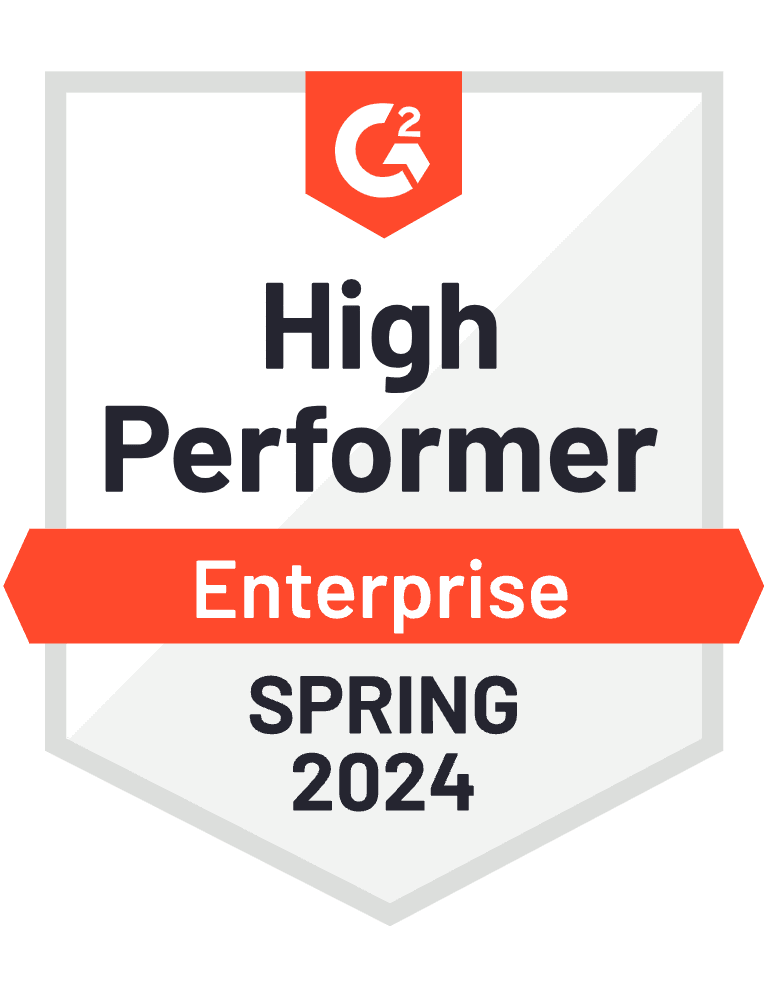


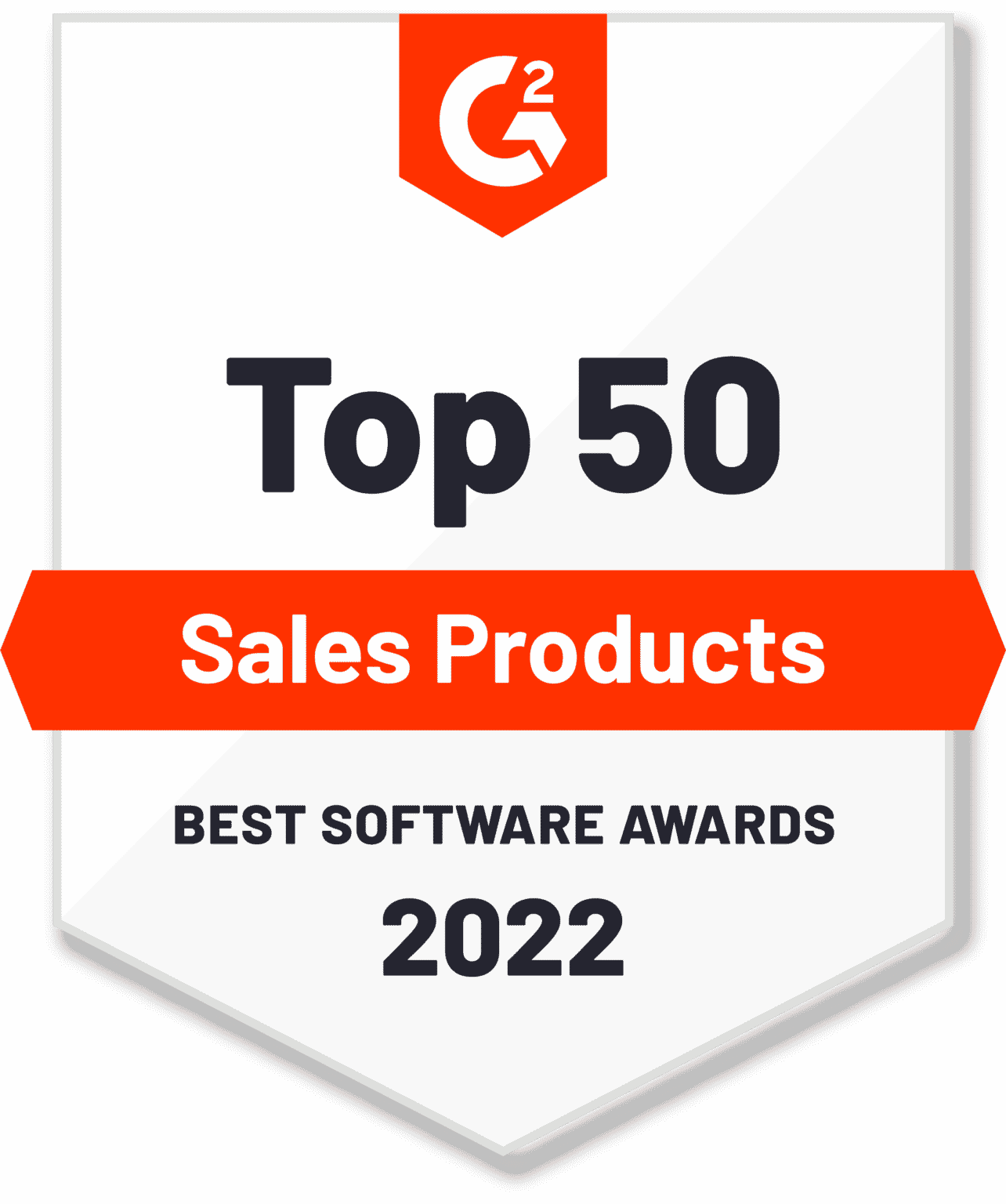
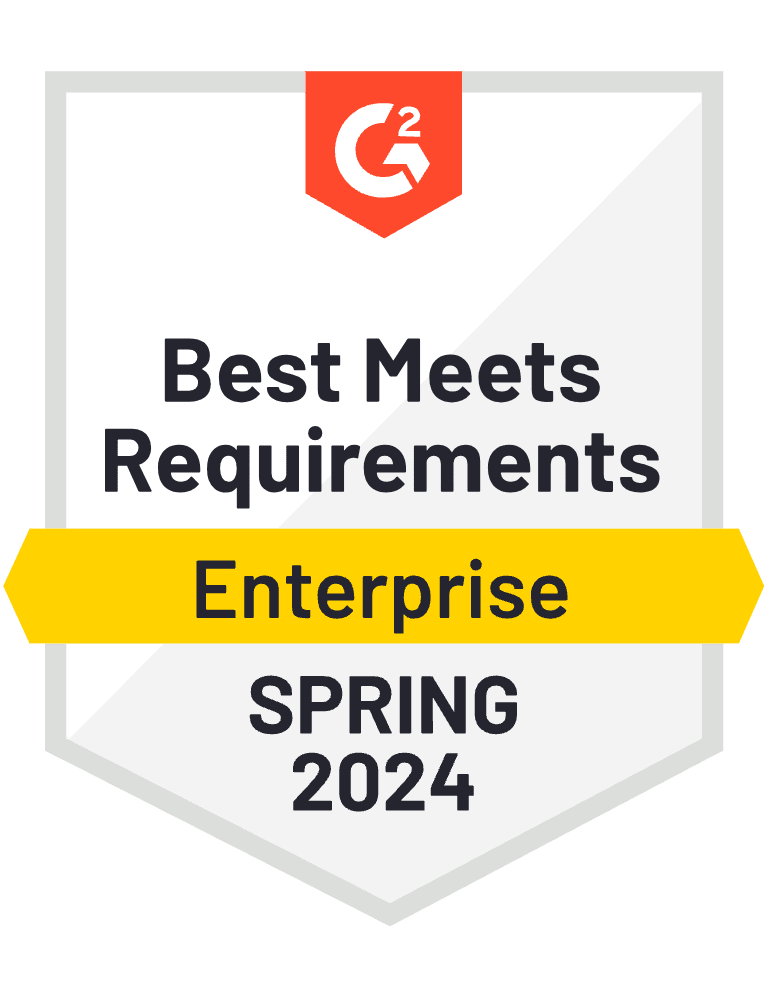

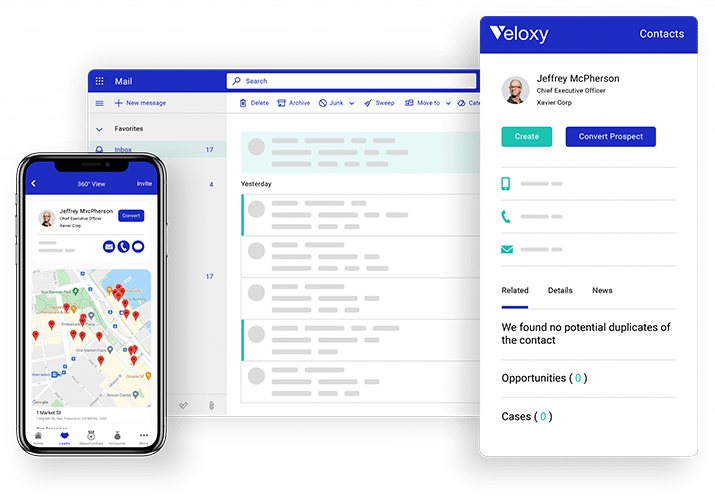


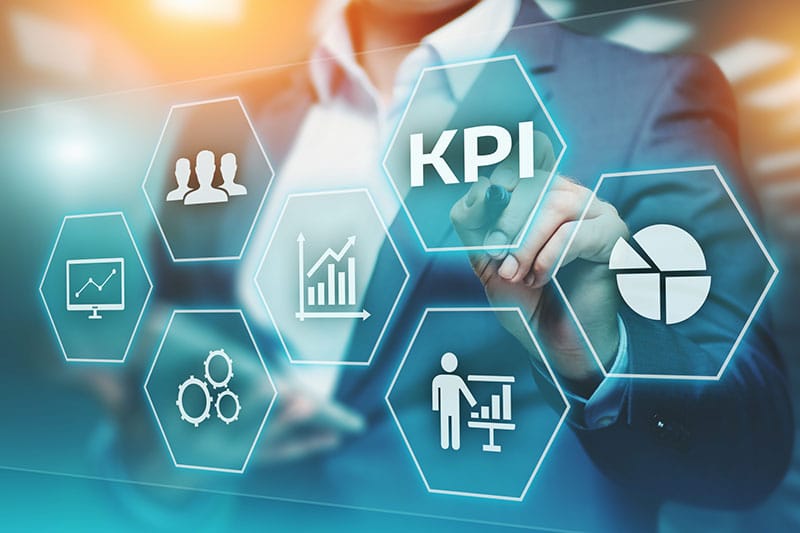











The U.S. Bureau of Labor Statistics reports that the demand for Sales Operations and Research Analysts has spurred a 25% job growth rate—over three times the national average.
Sales operations teams analyze and optimize individual and corporate sales strategies. Methods are open-ended.
Some professionals play dual roles (both operations professionals and sales service providers). Studies find this duality increases the average customer lifetime value (CLV) of each deal closed.
Yet, with such an open-ended role, how can leaders determine whether a sales operations team is working well? The key is to measure results using optimal KPIs for sales operations professionals.
Go here to learn how Sales AI can make your sales life easier
What Does Sales Operations Encompass?
Sales operations teams work to increase the sales process’s efficiency. They also aim to increase sales revenue generated per work hour overall.
Essentially, the sales operations department is responsible for increasing the ROI of the sales team. Sales ops professionals do this by streamlining and enhancing the sales process. They may also:
Ultimately, effective sales operations increase the company’s ROI in sales. But, operations can be segmented into a wide range of discrete practices. To evaluate the different practices’ impacts, you need the right metrics.
KPIs for Sales Operations: Overview
When it comes to sales operations, key performance indicators (KPIs) tend to fall into five categories. The sales KPIs and metrics categories include:
To evaluate a sales operations team, use metrics from each category.
CRM KPIs and Metrics
Customer relationship management—or, “CRM,”—is a method to organize data about leads and customers. With this data, organizations can better manage the customer pipeline, and better target leads with their messaging.
1. Average Deal Value
Not all customers are created equal. The average deal value tells you how much the average client spends on your company’s services.
To increase the average deal value, agents can target warm leads whose demographics suggest they’re high-value. Or, they can hone upselling skills.
2. Close Rate
A sales rep’s close rate is a percentage. It tells you the number of deals the agent has closed, versus the total proposals. In essence, it shows you what percentage of a representative’s leads ultimately made a purchase.
There’s an easy formula to calculate close rate. It looks like this:
Closing ratio = (Closed deals) / (Total sales leads) x 100
Close rate is particularly critical when your goal is to increase the lead-to-customer ratio.
3. Upsell Rate
A sales agent’s upsell rate tells you how often a customer ends up purchasing more than they initially set out to buy. Like the close rate, upsell rate is calculated as a percentage.
Upselling is an excellent way to increase a brand’s profitability. It’s easy to justify, as it typically has little-to-no extra marketing cost. High upsell rates frequently correlate with a high average deal value.
Sales Funnel Metrics
The sales funnel shapes the customer’s journey. It draws in potential leads, nurtures them, and ultimately deploys sales tactics in the hope that they convert.
Another term for the sales funnel is “customer pipeline.” Pipeline metrics give you a bird’s-eye view of how your marketing and sales process, as a whole, is working.
With these KPIs, you’ll discover which stages of the customer’s journey could be streamlined or better calibrated.
4. Pipeline Forecast
The pipeline forecast is a quarterly projection of the sales funnel’s health. It looks at the total number of sales opportunities. Then, it predicts how many leads will negotiate deals, and what percentage of leads are likely to close.
5. Open Opportunities
In sales, “opportunities” are deals in progress. An open opportunity is an account with sales potential, which hasn’t been engaged with yet. This is the earliest phase of an account.
The ratio of generated leads to open opportunities tells you how effective your lead generation strategy is at targeting. The total number of open opportunities helps you forecast sales.
When there are a lot of open opportunities, a sales team may need to re-orient itself to better distribute lead-nurturing tasks. Letting open opportunities languish leads a team to miss them altogether.
6. Win Rate
Win rate is the ratio of closed-won deals in comparison to the total number of open deals in the pipeline. It’s typically expressed as a percentage.
For example, say the sales funnel generates forty-five leads. By the end of the funnel, the sales team had closed nine deals. That means the team has a 20% win rate.
Procedural Metrics
Procedural metrics (also called “process metrics”) show you the efficacy of a specific sales process or stage. The KPIs in this section act as guideposts that can indicate which processes should be optimized, enhanced, or eliminated.
Different sales teams use different procedures. So, it’s wise to choose KPIs for every specific procedure the team uses.
7. Sales Cycle Length
The sales cycle length shows you how long it takes, on average, to go through all stages of the sales cycle. Stages can include:
Sometimes you can streamline the sales cycle by cutting the total number of actions.
Other factors often impact the sales cycle length. This includes the number of touchpoints marketing or sales teams typically have with a lead before they book a meeting.
8. Lead Generation Ratio (Marketing vs Sales)
The lead generation ratio tells you what percentage of leads come from sales, and what percentage comes from marketing.
B2C businesses, and businesses that expect a high customer churn rate, rely on marketing to generate a greater percentage of leads. In contrast, B2B businesses often find it helps to invest in sales-generated leads.
For B2B brands, it’s better when marketing teams focus on raising brand awareness and facilitating independent research.
9. Lead Response Time
Lead response time tells you how long it takes for a sales representative to follow up with an identified lead.
Identified leads are those who opt-in to sales solicitations by downloading white papers, signing up for newsletters, or responding to surveys on landing pages.
Noting lead response time can help determine which segments of the sales cycle take the longest. It can also show you where in the sales cycle investments of time pay off the most.
10. Sales Forecast Accuracy
Sales forecast accuracy is a big-picture metric. It shows you how close a sales leader’s projections are to the correct sales numbers after the fact. The best sales forecasts take internal data and market data into consideration.
Accurate sales forecasts are necessary for making downstream decisions effectively. Analytics software, input data accuracy, and rationality can all increase the accuracy of a sales forecast.
Sales Resource KPIs
Sales resource KPIs empower operations managers to evaluate a sales team from a personnel standpoint. Human Resources is a key partner in these evaluations.
Poor sales resource performance (as indicated by these KPIs) tells the company it needs to rethink its approach to recruiting, training, and incentivizing sales representatives.
11. Sales Efficiency
Sales efficiency shows how much revenue a sales team generates per dollar invested.
To determine sales efficiency, add all sales expenses in a given quarter. These include:
Then, add up the total revenue generated by the sales team in that quarter. Finally, take the sum of the revenue and divide it by the sum of the expenses.
That number shows you the ROI of the sales team per dollar, per quarter.
12. Sales Agent Turnover Rate
Employee turnover is an increasingly prevalent reality across industries. Research organization Gartner predicts total annual employee turnover will be 20% higher this year than it was last year. That applies across the board.
Employee turnover can be expensive. Every time a sales representative leaves the company, the company needs to spend time and money hiring and training a replacement.
The alternative is displacing that employee’s work burden on the remaining sales agents. But, that risks even greater turnover in the long run.
To calculate your sales agents’ rate of turnover, add up the number of agents who left the organization in a given year. Then, divide that sum by the total number of agents.
Financial KPIs
Financial KPIs speak directly to the sales team’s impact on the bottom line. It shows the sales operations manager how agents close deals—and how much those deals are worth. These KPIs get into the nitty-gritty.
13. Customer Lifetime Value (CLV)
A customer’s lifetime value estimates how much revenue a given customer will bring to your company over the life of the customer’s relationship with your brand.
Customers with a higher budget or greater brand loyalty have a higher CLV.
To determine CLV, first, discover the average lifespan of a customer’s relationship with a brand (usually in months or quarters). Then, learn how much value the customer brings to the company each month (or quarter).
Finally, multiply the revenue the company earns from the customer each month by the length of the customer’s relationship. The product is the CLV.
14. Customer Churn Rate
Churn rate shows you how quickly customers end their relationship with your brand.
It’s the ratio that looks at the number of customers who cancel their subscriptions each year. Then, it divides that sum by the total number of subscribers.
A high churn rate may indicate you aren’t generating high-quality leads. Or, it may show you that your sales representatives aren’t communicating value effectively to customers.
15. Customer Acquisition Cost (CAC)
Customer acquisition cost (CAC) shows you the average amount of money your company spends to gain a new customer. It begins with the sum of several costs in a given time period, including:
Marketing team salaries and overhead
Once you have this sum, divide it by the number of new customers gained in that time period.
One subset of the customer acquisition cost is the cost per lead (CPL).
Streamline Sales Operations With Veloxy
Sales operations are complex. But, it doesn’t have to be overwhelming.
Track your progress through a wide range of KPIs for Sales Operations with Veloxy. Elevate, enhance, and optimize your approach to sales.
Interested in what Veloxy can do for you? Contact our experts today.